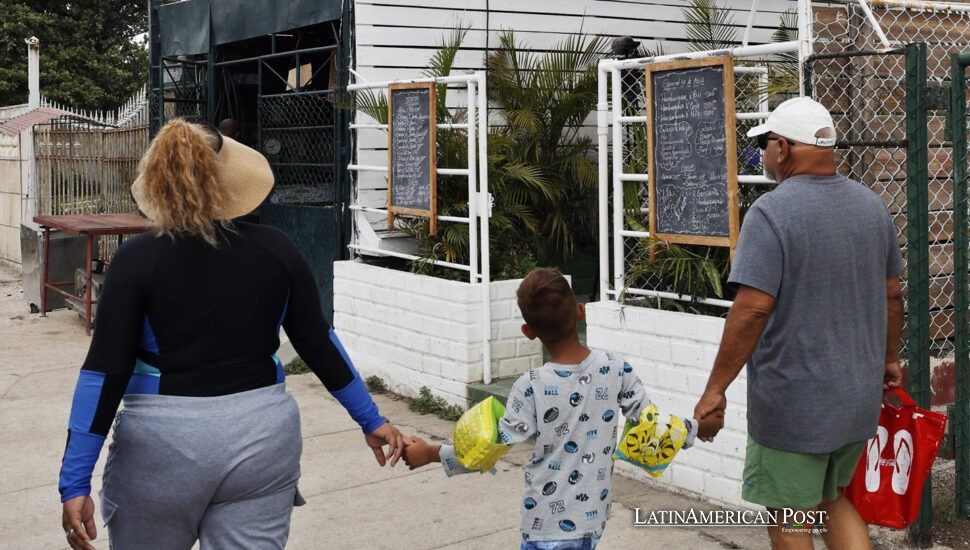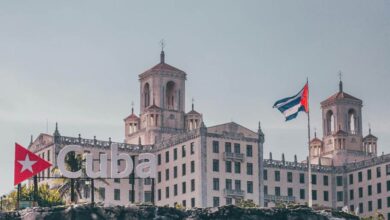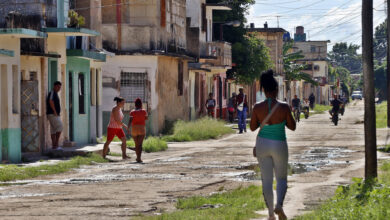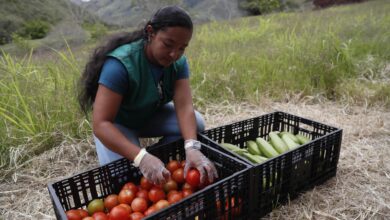Cuba’s Copycat Cafés Brew More Than Coffee in Havana’s Changing Streets

The name is called over Cuban pop, and a green-aproned barista slides a cup across the counter. From the street, Starcafé could pass for an American chain—but this is Old Havana, where global branding gets a distinctly Cuban remix.
An Imitation That Feels Unmistakably Cuban
The trappings are familiar: names scrawled on cups, a siren in the logo, a green apron. But inside Starcafé, the soundtrack is timba, not jazz, and the counter offers plated meals instead of plastic-wrapped pastries. Just across from the tourist-packed Bodeguita del Medio, it opened in 2023 and quickly became a magnet for Havana’s under-35 crowd.
Barista Melisa García calls it “the most Instagrammable,” and she’s not wrong. Short videos on TikTok and Instagram reels have made it a pilgrimage stop for locals and tourists alike. Influencers film iced coffees and pastel-colored cakes, then pose with logoed cups in the same spot dozens have claimed before them. The style is global; the pace, decidedly local. Instead of a sea of laptop workers, there’s a steady flow of friends sharing Wi-Fi, tourists curious about the décor, and Habaneros savoring something that once seemed out of reach.
After Years of Closed Doors, A Crack Opens
For decades after the 1959 revolution, with U.S. sanctions tightening, the notion of American fast-food or coffee chains in Cuba was a fantasy. Two changes cracked the door open. Mobile internet arrived in 2018, bringing an unfiltered flood of global references. In 2021, Cuba legalized small and medium-sized private enterprises again, allowing a new generation to experiment.
The results are scattered across the city like small markers of cultural exchange: Halloween masks in Vedado storefronts, Christmas hats in December windows, and eateries that wink at famous brands without the contracts to match. No U.S. franchises exist here; what you see are Cuban interpretations. In 2024, a fried-chicken spot debuted with a touchscreen combo-order kiosk, and a burger joint opened under the name Burger Queen—a joke and a signpost all at once.
State media have grumbled about “cultural colonization,” but long lines outside these venues speak louder. When the door opens even a little, curiosity tends to slip through faster than ideology.
Aspirations, Influencers, and What’s on the Menu
Part of the draw is visual. For young Habaneros, the act of holding a branded cup for a photo is a small passport into a global experience. “A lot of influencers come and do reviews,” García told EFE, explaining how the cycle of posting and reposting turned a neighborhood café into a citywide meme.
Across town, Burger Queen co-owner Andy García started with a simple question: What image says “burger” everywhere? “Of course, you think of Burger King,” he laughed. But the menu’s real hook is variety—something Havana hasn’t always offered. Crispy chicken in red-and-white boxes, stacked burgers with playful names, milkshakes topped with whipped cream, and the novelty of ordering from a screen all feed a hunger for difference.
For many, it’s also the only way to taste a global reference point without leaving home. “It’s hard for Cubans to travel,” Andy García said. “These places give people a taste of that experience.” In a country where most passports are rarely used, a neon menu can feel like a boarding pass.

Backlash, Branding, and What Comes Next
Critics worry about imported aesthetics eroding Cuban identity, and lawyers point to intellectual property gray zones. Yet these businesses are also teaching new service habits—décor built for social media, menus crafted for hashtags, and a rhythm of interaction designed to keep customers posting.
They’re powered in part by families split between Havana and Miami, by remittances turned into capital, and by owners who learned marketing on TikTok before writing a business plan. These cafés can’t solve Cuba’s deeper economic problems—blackouts, inflation, supply shortages—but they’ve changed what an evening out can look like.
The most convincing defense comes from the customers themselves: students, taxi drivers, nurses, and return visitors lining up for novelty, connection, and a brief sense of belonging to a broader world. Whether these spots become lasting fixtures or fade as fads will depend on supply chains, regulations, and the country’s volatile economy.
Also Read: How the Dominican Republic Rolled Its Cultural Soul into the World’s Finest Cigars
For now, the mermaid in the logo is a mirage with staying power, and the city is more than willing to drink it in.





